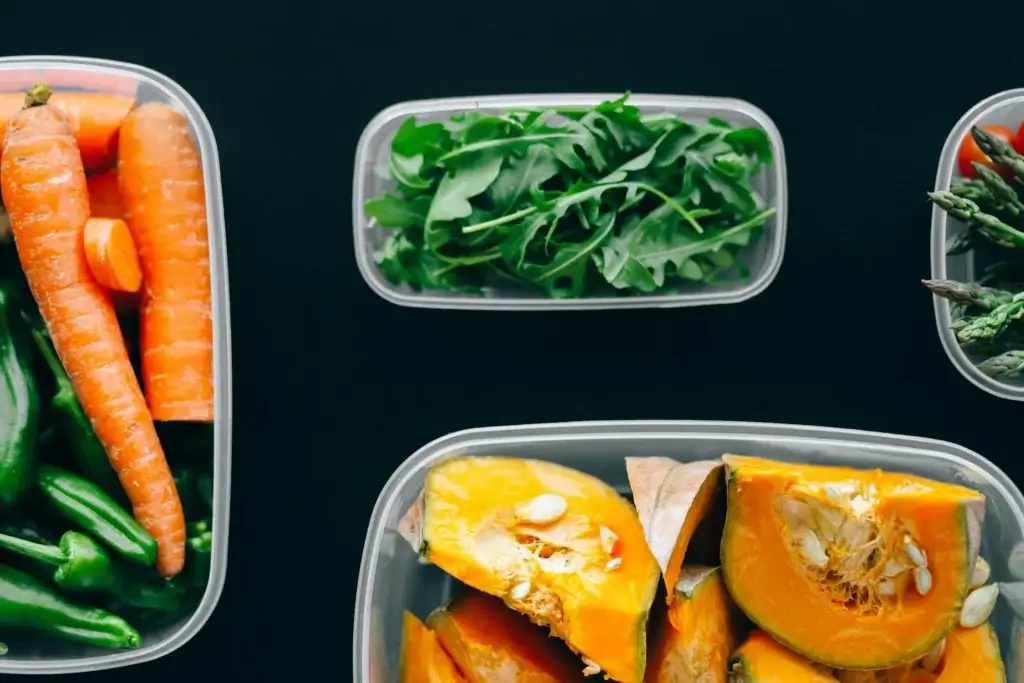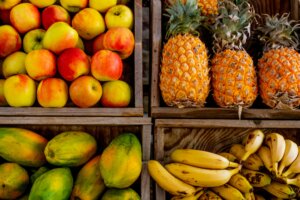In recent years, “BPA-free” has become a common label on plastic food containers. BPA, or bisphenol A, is a chemical found in many types of plastic and has been linked to hormone disruption and other health concerns. As a response, companies now offer BPA-free products to assure customers of safer options for storing food and drinks.
But is BPA-free plastic actually safe for food storage?
While getting rid of BPA is a step forward, the issue is more complex. BPA-free plastics often contain substitutes like BPS (bisphenol S) or BPF (bisphenol F), which may have similar health risks. The long-term effects of these alternatives still aren’t fully known, which leaves consumers unsure if BPA-free plastic is truly a safer option.
Understanding the possible risks of BPA-free plastic and exploring safer choices can help create a healthier kitchen and contribute to a lower overall toxic load. In this post, we’ll look into the safety of BPA-free plastic, examine potential risks, and offer practical tips for safer food storage.
What is BPA and why is it a concern?
BPA is a synthetic chemical used in many types of plastic and resins, like those in food containers, water bottles, and the lining of canned foods. The concern with BPA is that it can leach into food and drinks, especially when the container is heated or scratched.
Once in the body, BPA can mimic estrogen, disrupting hormones and potentially causing reproductive, developmental, and metabolic issues.
Because of these health risks, especially for children and pregnant women, many companies now offer “BPA-free” products. However, being BPA-free doesn’t necessarily mean these plastics are free from other chemicals with similar risks.
What is BPA-free plastic?
BPA-free plastic simply means that the product doesn’t contain bisphenol A. But to replace BPA, manufacturers often use similar chemicals like BPS or BPF. These alternatives have a similar structure to BPA, which means they might also disrupt hormones.
Early studies suggest BPS and BPF can mimic estrogen in similar ways to BPA, raising concerns about their safety.
In other words, while BPA-free plastic eliminates BPA, it may still contain other chemicals that carry similar risks.
How safe is BPA-free plastic for food storage?
1. Potential for chemical leaching
Even without BPA, other chemicals in BPA-free plastic, like BPS and BPF, may still leach into food and drinks. This risk increases when plastic is heated, scratched, or used to store acidic foods. Using damaged containers can also release more chemicals, increasing exposure.
2. Limited research on BPA alternatives
The long-term health effects of BPA substitutes like BPS and BPF are still being studied. These alternatives were initially marketed as safer, but research shows they may have similar effects on the body as BPA. So until more is known, it’s hard to say if BPA-free plastics are completely safe.
3. Risks with microwaving and dishwashing
Heating food in plastic, even BPA-free plastic, can make it easier for chemicals to leach into food. High temperatures, like those in microwaves or dishwashers, break down the plastic and release chemicals more readily. To reduce risk, health experts suggest avoiding plastic for heating food altogether.
Tips for safer food storage
If you’re concerned about the risks of BPA-free plastic, here are some safer options for food storage:
1. Use glass containers
Glass is a reliable option for food storage because it doesn’t leach chemicals into food, even when heated. Glass containers are durable, easy to clean, and safe to use in the microwave and dishwasher.
Glass containers do usually have plastic lids though, so make sure those are BPA-free to limit food contact with any potential chemicals. Or, look for containers with silicone lids instead.
2. Choose stainless steel for portable options
Stainless steel is great for water bottles and on-the-go containers. Like glass, it doesn’t leach chemicals and resists rust and bacteria. Be sure to choose food-grade stainless steel for the best safety. And keep in mind that stainless steel, like other metals, can’t go in the microwave.
3. Try silicone containers or wraps
High-quality food-grade silicone is another safe option. It doesn’t leach chemicals and withstands high temperatures, making it suitable for microwaving, freezing, and dishwashing. Silicone bags, wraps, and lids are good alternatives to plastic for various storage needs.
4. Avoid using scratched or old plastic
If you do use BPA-free plastic containers, replace them when they show wear, like scratches or clouding. Damaged plastic can release more chemicals into food. Also avoid heating plastic containers and consider using glass or silicone for microwaving or freezing.
5. Store acidic foods in non-plastic containers
Acidic foods, like tomatoes and citrus, can increase chemical leaching from plastic. Storing these foods in glass or stainless steel can minimize chemical transfer and keep food safer.
So, is BPA-free plastic worth it?
Switching to BPA-free plastic removes one known harmful chemical, but the question remains whether it’s truly safe for long-term food storage. Given the potential risks of alternatives like BPS and BPF, BPA-free plastic might not be the best solution.
For those looking to minimize exposure to harmful chemicals, switching to glass, stainless steel, or silicone containers offer greater peace of mind.







